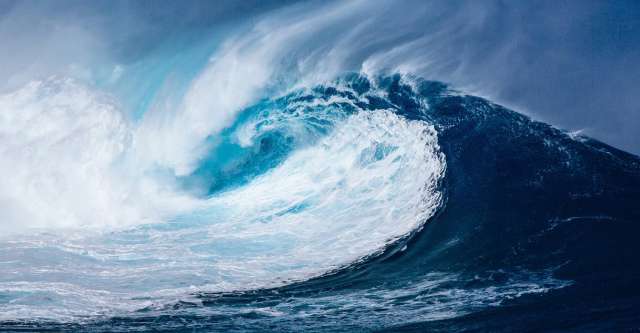While much is said about living in space and on Mars, some people take the opposite approach. They are planning living pods for deep underwater. The question is: Who wants to live there?
Look towards an abandoned quarry on the border of Wales and England. There, the ocean exploration organization Deep has commenced on a multiyear quest to enable scientists to live on the seafloor at depths up to 200 meters for weeks, months, and possibly even years. Deep’s agenda has a significant milestone this year—developing and testing a minor, modular habitat called Vanguard. This transportable, pressurized underwater shelter, capable of housing up to three divers for periods ranging up to a week, will be a stepping stone to a more permanent modular habitat system—known as Sentinel— set to launch in 2027. Deep hopes to see a permanent human presence in the ocean within five years. This possibility comes from an advanced 3D printing-welding approach that can print these large habitation structures.
Sentinel Pods
Data gathered from Vanguard this year will help prepare Sentinel, which will consist of pods of different sizes and capabilities. A typical configuration would house six people—each with their own bedroom and bathroom. It would also have a suite of scientific equipment, including full wet labs to perform genetic analyses, saving days by not transporting samples to a topside lab for analysis.
Power?
One interesting feature of Vanguard is its extraordinary flexibility regarding power. There are currently three options: When deployed close to shore, it can connect by cable to an onshore distribution center using local renewables. Farther out at sea, it could use supply from floating renewable-energy farms and fuel cells that would feed Vanguard via an umbilical link. Additionally, an underwater energy-storage system could supply it with multiple batteries that can be charged, retrieved, and redeployed via subsea cables. The breathing gases will be housed in external tanks on the seabed and contain a mix of oxygen and helium that will depend on the depth. In the event of an emergency, saturated divers won’t be able to swim to the surface without suffering a life-threatening case of decompression illness. When planning for emergencies, Vanguard and the future Sentinel will also have backup power sufficient to provide 96 hours of life support in an external, adjacent pod on the seafloor.
Challenges
While this sounds like an enjoyable endeavor to many, there are drawbacks. First, they are encountering engineering problems for robotics at that sea level. Getting the proper mix and temperature of air for breathing can be tricky. There are many other materials-related and electrical challenges. However, as they work through the issues with Vanguard, they hope to eliminate most of them before launching the Sentinel.

